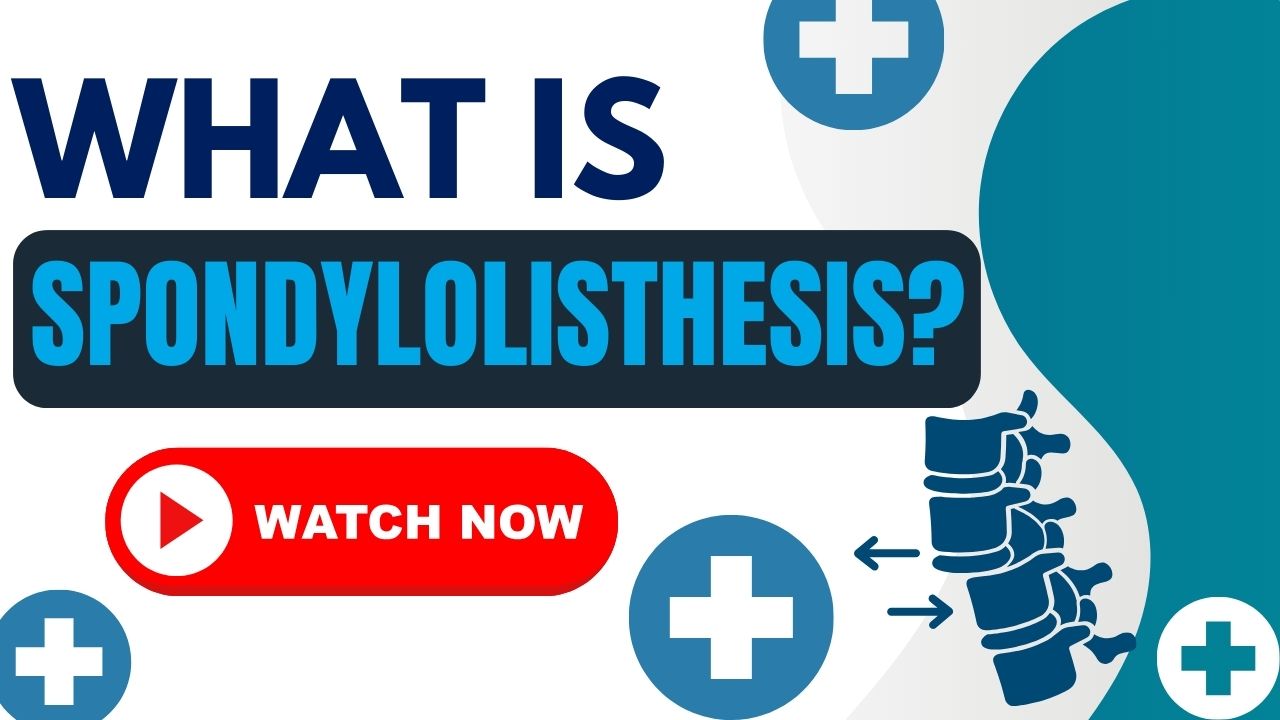
CONDITION OVERVIEW
Spondylolisthesis is a spinal condition where one vertebra slips forward over the vertebra below it, disrupting spinal alignment and potentially compressing nerves. This slippage most commonly occurs in the lower back (lumbar spine) and can range from mild to severe. The condition may develop from a stress fracture (spondylolysis), degenerative changes with aging, congenital defects, or trauma. At Spine and Nerve Center Riverview, we specialize in both conservative management and advanced minimally-invasive procedures to stabilize the spine, decompress nerves, and restore function without the need for traditional open surgery.

TYPES & CAUSES
Spondylolisthesis is classified into different types based on the underlying cause, and graded from I to V based on the degree of slippage. Each type requires a tailored treatment approach.
Results from a stress fracture (spondylolysis) in the pars interarticularis, often from repetitive hyperextension in sports like gymnastics or football.
Most common in adults over 50, caused by arthritis and disc degeneration leading to instability and vertebral slippage, typically at L4-L5.
Present from birth due to abnormal bone formation in the spine, leading to vertebral instability and potential slippage during growth spurts.
Traumatic type results from acute fractures, while pathological type is caused by bone disease, tumors, or infections weakening vertebrae.

RECOGNIZING THE SIGNS
Symptoms of spondylolisthesis vary based on the grade of slippage and whether nerves are compressed. Some people have no symptoms, while others experience significant disability.
Persistent pain in the lower back that worsens with standing, walking, or arching backward. Often feels better when sitting or leaning forward.
Chronic tightness in the back of the thighs, causing a stiff-legged gait and difficulty touching toes, even with stretching.
Sharp, shooting pain radiating from the lower back through the buttocks and down the legs, often with numbness or tingling.
Painful muscle contractions in the lower back, often the body's attempt to stabilize the unstable spine segment.
Problems with walking longer distances, leg weakness, or feeling like legs "give out" due to nerve compression (neurogenic claudication).
Visible changes in posture including forward-leaning stance, protruding abdomen, or a visible "step-off" in the spine.
Spondylolisthesis doesn't have to mean living with chronic pain or giving up activities you love. Our minimally-invasive procedures can stabilize your spine, decompress nerves, and restore function—often without the need for traditional fusion surgery. Schedule your consultation with Dr. Fura to explore your treatment options.